How-to Glue-up Live-edge Tabletops Of All Shapes and Sizes
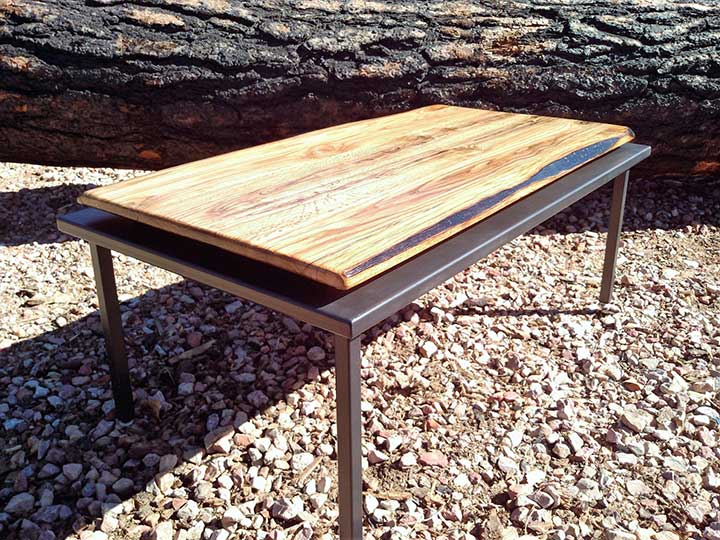
Rustic Live-Oak Coffee Table
This is clearly going to be one of those sticky subjects that will require a great deal of concentrated effort for you to get a firm grip on. So let’s not waste any time here now, How-to Glue-up Live-edge Tabletops of all Shapes and Sizes.
It’s like anything else, the more you practice, the better you get. Like the first time I glued-up a table top, it was a big mess of wood glue everywhere…the more times you do it the easier it gets … for the most part.
When it comes to making live-edge table tops, wood glue and clamps are only half the puzzle. What really makes the difference when laminating wooden tabletops is your patience and preparation.
Every bit of your planning, and planing, is what makes the difference in a successful glue-up or just making a big mess. Take a look at these videos below and I will show you what I mean right here, right now.
How-to Glue Up Wooden Table Tops
Dining tables, kitchen tables, coffee, side, end tables … The flat, horizontal surfaces we use to eat on, work on, rest on … they come in all shapes and all sizes. Most wooden tables are typically made from multiple pieces laminated together then cut to the final shape and size.
Watch more “Glue-up” in action!
Flared Leg Table Build – Part 1
Coffee, end and side tables range from 15″ to 20″ tall, while dining tables are between 28″ to 30″. Bar-tables and Pub tables are usually made for standing. 36″ is considered to be “counter height” while 42″ is the standard “bar height”.
Glue-up – Making Live-edge Log Furniture
Square tables are best used as end tables or for dining tables seating four people. They usually range anywhere between 36″ and 44″ square.
Whether dining, coffee or side, the most common table shape is rectangular. Most rectangular dining tables are between 36″ and 40″ wide. The rule of thumb is to allow 24″ of space per seat at your dining table. So a table that seats four should be about 48″ long. To seat four to six people, you will need a table that is at least 60″ long. For six to eight top table, it should be at least 78″ long.
The big difference in working with processed lumber and live-edge, or Natural-edge, is keeping the outer edge of the tree as untouched as possible. In some cases, like on this coffee table, made from Waldo Canyon Firewood , the edge is waned and partially milled, or hand-machined.
Make a Modern-Rustic Tabletop
Fabricating, or welding steel framework for your tables is a great option over all wood construction. Once you learn How-to Weld the possibilities of unique looks and styles are endless.
How-to Make a Custom Dining Table
Having access to a local sawmill that has kiln-dried lumber, or the ability to mill your own logs, is a huge advantage when it comes to making live-edge tables. Hand-made tables tops, using slabs that have been cut side-by-side from the same tree, are always highly desirable.
Finding the natural beauty of each piece of wood, featuring the art-work Mother Nature has already done. That’s where it’s at … “Book Matching”, selecting the grain patterns, making nature work … that’s what makes tables where real memories are made.
Two Book-matched Sofa Tables
Once you glue them together it’s up to you what’s next … Here is an example of a “live-edge” Round Table, with matching Lazy-Susan.
Round tables are measured by the diameter. You can seat four people at a table top that is between 36″ and 44″ in diameter; four to six people will fit at a table that’s 44″ to 54″ in diameter, and your table top should be at least 54″ in diameter or larger to fit six to eight diners.
Click here now to Learn Three Easy Ways How-to Edge Log Furniture.
When gluing-up Pine wood table tops for indoor use I use regular wood glue, nothing fancy, nothing special, just regular old wood glue. For wooden tabletops that are to be used outdoors, be sure to use a glue made for outdoor use.
Round on Round Table Glue-up Go Round

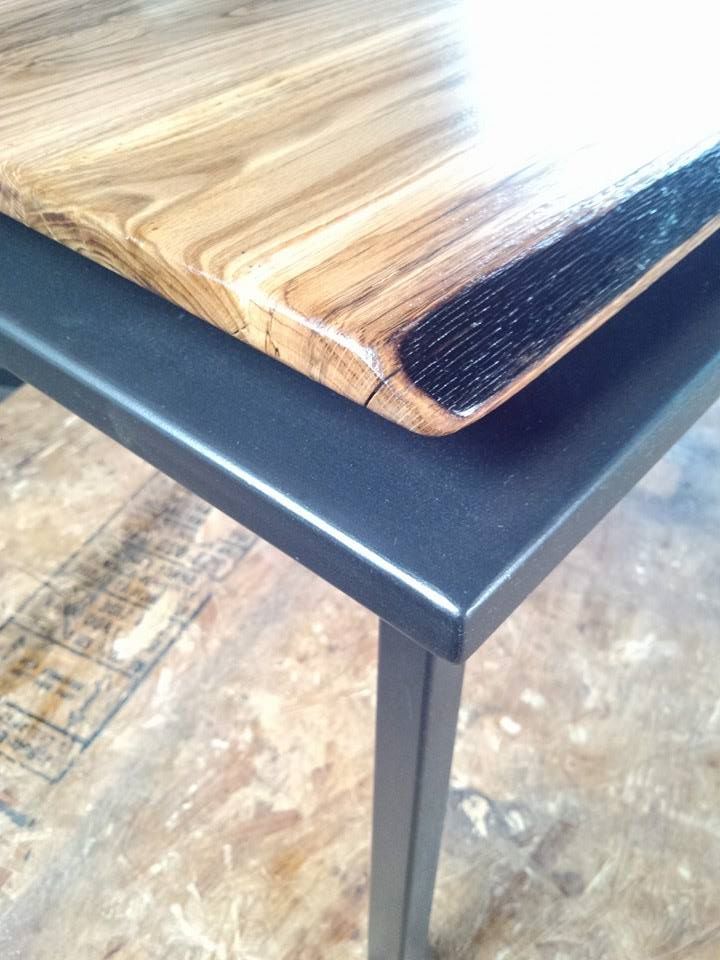
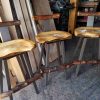
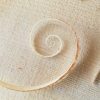


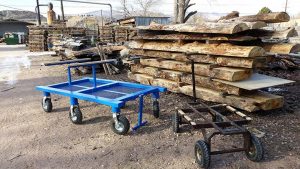
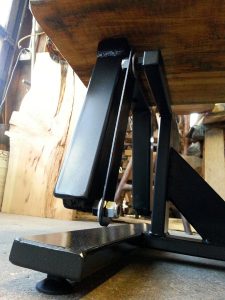
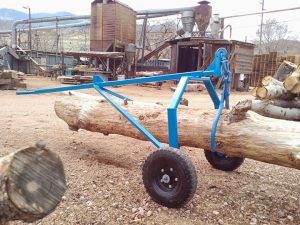
2 comments
Pingback:
How-To Make Modern-Rustic Dining Tables - Log Furniture How ToPingback:
Three Easy Ways How-To Edge Log Furniture - Log Furniture How To